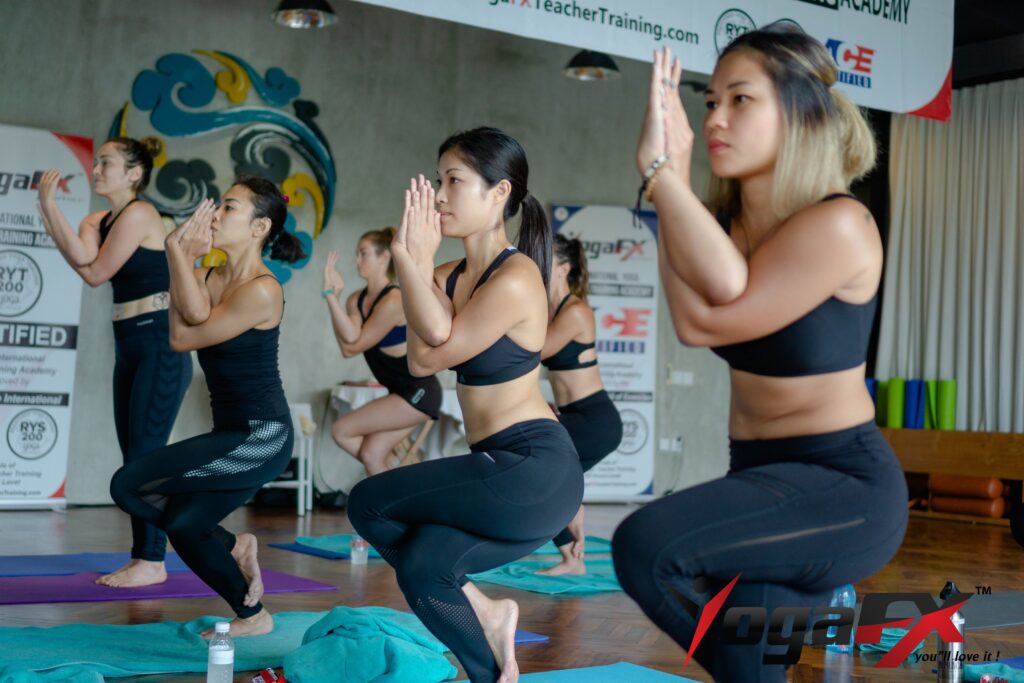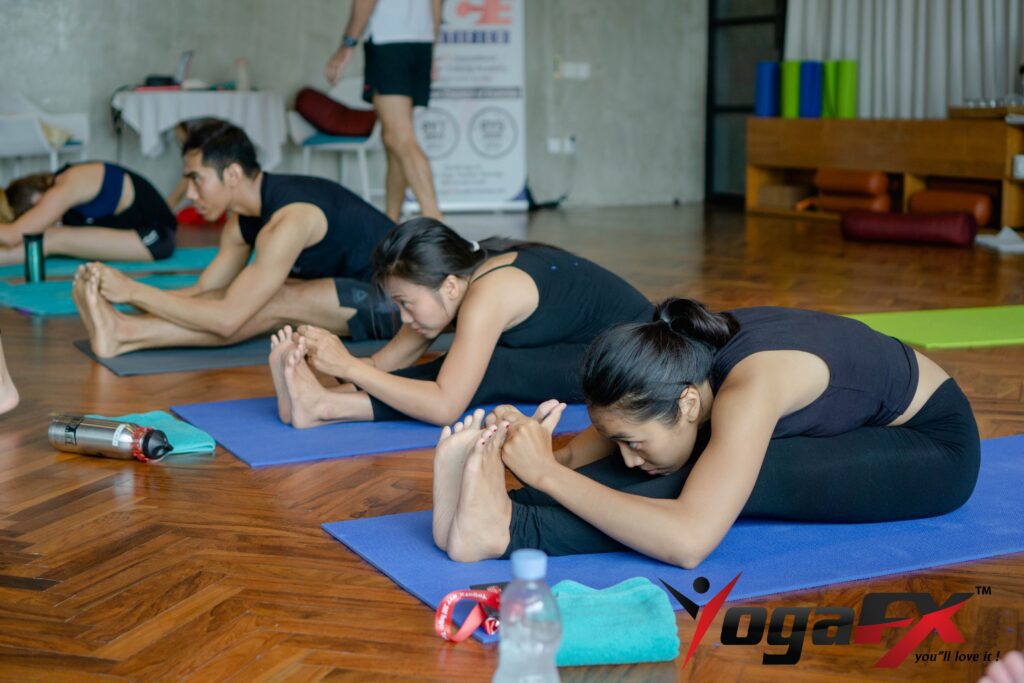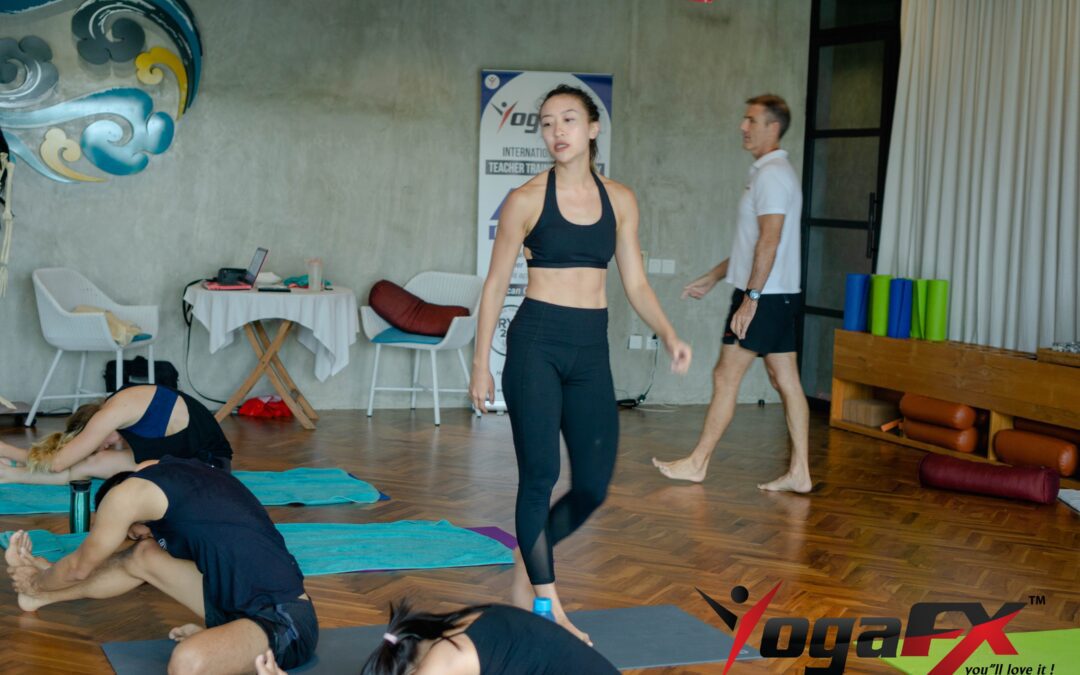Welcome to the world of hot yoga, where the combination of heat and yoga practice unlocks a multitude of benefits for the mind, body, and spirit. In this guide, we will delve into the remarkable benefits of hot yoga and how the incorporation of heat intensifies and enhances the yoga experience. Whether you’re a seasoned yogi or new to the practice, understanding the transformative power of hot yoga can inspire you to explore this unique and invigorating form of yoga. So, let’s dive into the world of hot yoga and discover the incredible benefits it holds for practitioners of all levels.

Understanding Hot Yoga
Hot yoga, also known as Bikram yoga or 26 and 2 yoga, is a style of yoga practiced in a heated room. The room is typically set to a temperature of around 105 degrees Fahrenheit (40 degrees Celsius) with a specific humidity level. This controlled environment facilitates a variety of benefits for practitioners, amplifying the effects of the yoga practice.
“Start By Accepting That There Is Resistance, But Must Manage It”
Physical Benefits of Hot Yoga
The heat in hot yoga provides numerous physical benefits. The high temperature warms up the muscles, allowing for greater flexibility and increased range of motion. With each posture, the heat helps to release tension and tightness in the body, enabling deeper stretches and enhanced physical performance. Hot yoga also stimulates blood circulation, improving cardiovascular health and stamina. As the body works harder in the heated room, it burns more calories, making hot yoga an effective complement to weight loss and management goals. Furthermore, the heat promotes detoxification by inducing sweating, flushing out toxins from the body and leaving you with a feeling of rejuvenation and vitality.

Mental and Emotional Benefits of Hot Yoga
Hot yoga not only benefits the physical body but also has a profound impact on mental and emotional well-being. The heat creates a challenging environment that requires mental focus and concentration. As you navigate through the poses, the mind becomes fully engaged in the present moment, promoting mindfulness and heightened self-awareness. The practice of hot yoga encourages stress reduction and relaxation, allowing you to let go of tension and find a sense of calm amidst the intensity of the heat. The release of endorphins during the practice brings about a natural high, boosting mood and promoting a sense of bliss and contentment.
The Role of Heat in Hot Yoga
The heat in hot yoga plays a significant role in enhancing the practice. It increases blood circulation and oxygenation, delivering nutrients to the muscles and organs more efficiently. The heat also promotes deep stretching and muscle release, allowing for greater flexibility and improved alignment. Additionally, the warm environment facilitates the elimination of toxins through sweat, supporting the body’s natural detoxification processes. Beyond the physical benefits, the heat fosters mental resilience and focus, challenging you to stay present and maintain concentration despite the external conditions.
Preparing for a Hot Yoga Practice
Before embarking on a hot yoga practice, it’s important to prepare yourself physically and mentally. Proper hydration is essential, so drink plenty of water before, during, and after the practice to stay hydrated. Dress in comfortable, breathable clothing that allows your body to move freely. It’s also important to listen to your body’s limits and practice self-care. Take breaks as needed, rest when necessary, and honor your body’s cues to avoid overexertion or injury.
Tips for a Safe and Effective Hot Yoga Practice
To ensure a safe and effective hot yoga practice, it’s essential to incorporate the following tips:
1. Breathe consciously:
Focus on deep, controlled breathing throughout the practice. The breath serves as an anchor, helping you stay calm and centered in the heat.
2. Modify poses as needed:
Every body is unique, and it’s important to honor your limitations. Modify poses to suit your comfort and ability, and seek guidance from a qualified hot yoga instructor for proper alignment and modifications.
3. Find a balance between effort and rest:
Hot yoga can be physically demanding, so find a balance between pushing yourself to your edge and knowing when to rest. Take breaks when necessary and listen to your body’s signals.
4. Practice mindfulness:
Stay present and fully engaged in the practice. Allow yourself to let go of distractions and focus on the sensations in your body, the rhythm of your breath, and the present moment.
Combining Hot Yoga with Other Yoga Styles
Hot yoga can be seamlessly integrated with other yoga styles to create a well-rounded practice. The heat can enhance various yoga techniques, such as Vinyasa flow, asanas (poses), and pranayama (breath control). You can incorporate hot yoga postures into your regular yoga routine to add intensity and challenge, or you can alternate between hot yoga classes and other yoga styles to experience the benefits of both.

Conclusion
In conclusion, hot yoga offers a transformative and invigorating experience that goes beyond the physical benefits of yoga practice. The incorporation of heat intensifies the effects of the practice, promoting flexibility, strength, detoxification, mental focus, and stress reduction. If you’re ready to explore the world of hot yoga, consider hot yoga teacher training, such as the Bikram yoga teacher training offered by YogaFX. This Yoga Alliance certified and ACE-approved program, led by Mr. Ian, provides comprehensive training and support for aspiring hot yoga teachers. Unlock the transformative power of heat in your yoga practice and embark on a journey of self-discovery and growth.

